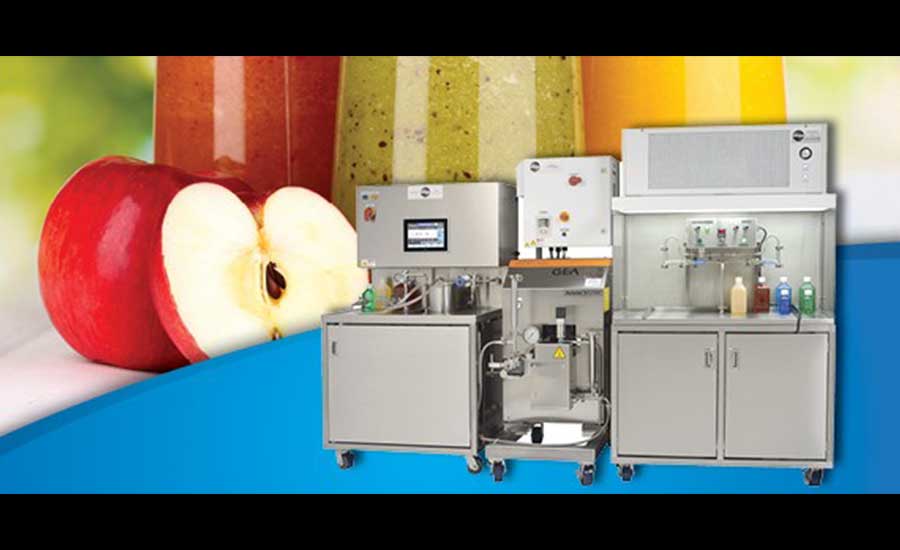Last year, MicroThermics proudly introduced the first Aseptic Laboratory Filler, the X250. Providing unequalled capabilities, these fillers sterilize bottles and caps and fill sterile product in a sterile atmosphere on a continuous basis—just like in production.
Now in 2017, MicroThermics brings manufacturers the Model 2. This new unit incorporates even more aspects from commercial fillers into the lab, and provides enhanced data collection abilities. Learn more about the Model 2 and many more offerings by visiting MicroThermics’ booth at the Institute of Food Technologists’ show, June 25-28 in Las Vegas, at booth #3440.
Technical Advice: Planning your Runs
Got a lot of work coming up on your MicroThermics processor? Proper batch planning and maintenance are keys to getting the most out of your equipment.
When planning runs, you may find that you need to process your products at a range of conditions before you arrive on the ones that provide you with the reduction of bacteria you need, and the product identity you want. Or, you may have a single formulation that needs to be processed at different conditions to match different processing lines. Whatever the reason, properly planning your batches is critical to getting your processing done properly and efficiently.
When planning your processing runs, you should take into account the importance of the different runs, the colors and flavors of your batches, and the ranges of conditions you are going to be using. Doing this and planning your runs “smartly” will help you maximize your results.
When planning your processing, keep the following rules of thumb in mind:
• Run your most important batches first. Prioritize your batches. In the event you are unable to run all of your batches, you at least get the most critical ones complete!
• Run batches with the same hold times and temperatures together. By grouping your batches together based on hold time & temperature, you minimize the number of physical process changes you will need to make on the equipment, thus maximizing your processing time.
• Run light to dark. When grouping batches together, run your lightest color products first. This prevents the darker colors from affecting subsequent batches. This practice is frequently used in processing facilities like dairies. (They run their chocolate milk after white milk to prevent “contaminating” the white milk.)
• Run weak flavors before strong flavors. This is just like the color consideration. By running your weak flavors first, you avoid affecting your weaker flavored products with your stronger flavors. (Production facilities never run a banana drink then follow it with a strawberry drink, because they end up with a banana drink, and a strawberry/banana drink. Reversing their order protects their identity.)
• Watch the temperature of your heating water and run intermittent caustic rinses to extend long run times. When running multiple batches back to back, you may accumulate fouling in the heaters of the processor. Evidence of fouling is shown by a constantly increasing heating water temperature. To prevent this from affecting your process runs, it is good to run a “caustic rinse” occasionally through the processor. This can be done with a 5-10 minute flush of caustic through the processor at normal processing conditions, followed by a thorough water rinse. Doing so will help reduce fouling, and increase your run time.
Finally, proper CIP cleaning and maintenance of your processing equipment also is a key to getting the most out of your equipment.
If you have questions about organizing your process runs, processing advice, CIP cleaning, or any other topics, feel free to contact MicroThermics at www.microthermics.com.
MicroThermics
3216-B Wellington Court
Raleigh NC 27615 USA
phone: +1 919 878 8045
fax: +1 919 878 8032
email: info@microthermics.com



